Uptake and biosynthesis of fat in cultivated meat cells
To recapitulate meat’s fat profile, research is required to determine which lipids muscle and fat cells can produce efficiently—and from which precursors—and which lipids they can absorb directly from the culture media. Understanding the effects of specific fats on organoleptic properties will help to focus these efforts.
-
Cultivated
- Research
- R&D
- Cell line development
- Cell culture media
- End product formulation & manufacturing
- Academics
- Industry
- Startups
Current challenge
Creating cultivated meat that tastes very similar to or better than animal meat is one of the most important goals for the cultivated meat industry. A major part of this challenge is making sure that the cell culture media is supplying the key flavor components that the animal usually intakes through their diet. Identifying and understanding how lipids must be added to cell culture media in order to produce the correct level of fatty, savory, and oily mouthfeel is an important part of replicating the organoleptic experience of animal meat products. Determining that specific types of fat have negligible sensory effects would enable cultivated meat companies to focus on identifying and utilizing the most appropriate fats to create the optimal sensory experience. The results of this work would also help inform the fat solutions being created for plant-based and fermentation-based meat products.
Proposed solution
1. Conduct research to determine which fats are key contributors to taste and mouthfeel in animal-based meat.
2. For sensorily significant fats, identify which can be biosynthesized by fat and muscle cells in vitro and which need to be absorbed from the culture media.
3. Of the fats that require external sources, identify which are included in current cell culture media options and their levels of uptake by cultivated meat-relevant cell types under relevant culture conditions.
4. For fats that must be added exogenously but are not currently available in culture media formulations, identify or develop scalable, economically viable sources of these fats. These sources could be plant crops or microbial strains, with the potential need to leverage engineering approaches to develop the desired biosynthetic pathways.
It is also worth noting that the fats within animal meat evolved to serve the survival needs of the animal, not necessarily to optimize flavor for their predators. Thus, it is conceivable that fats can be identified that not only recapitulate the sensory profile of animal fats but that actually improve upon it. To take this research one step further, one could additionally identify fats not occurring in animal meat that, when added to
plant-based or cultivated meat, improve the organoleptic properties of the meat.
Anticipated impact
This research will present multiple benefits:
1. Fats that are critical to the mouthfeel and flavor of meat will be identified, and the specific fats that cannot be biosynthesized by cultivated meat cells can then be sourced elsewhere and added to cell culture media formulations, more effectively recapitulating an animal meat fat profile and improving the taste of the cultivated meat.
2. The fats that are determined to have minimal to no perceived effect on meat’s sensory attributes or meaningful nutritional benefits can be omitted from the bioprocess. This provides the producer with a large amount of flexibility, because instead of focusing on perfectly recapitulating animal meat’s entire fat profile, they can focus on supplying more inexpensive, healthier, or better-tasting fats in order to reach the desired fatty mouthfeel in the end product.
This knowledge could enable cultivated meat companies to create a product that is better tasting, less expensive, and more nutritious. Knowing which specific fats confer the most organoleptic benefits would also help companies in the plant-based and fermentation sectors. Identifying unnecessary fats would enable alternative protein companies to cut costs without negatively impacting product quality, resulting in a more economically viable production process.
Related efforts
Kolanowski & Swiderski 1999. New food product containing polyunsaturated fatty acids Omega-3 EPA, DHA: sensory quality and possibility of diet supplementation.
Singh 2005. Essential fatty acids, DHA and human brain.
GFI resources

State of the Industry: Fermentation for meat, seafood, eggs, dairy, and ingredients
This report details the commercial landscape, investments, regulatory developments, and scientific progress in the fermentation for alternative proteins industry.
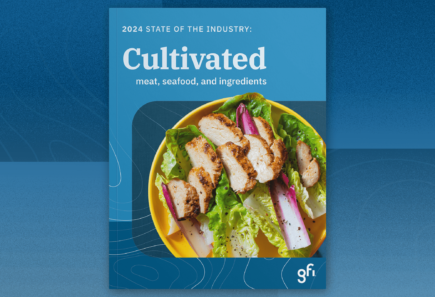
State of the Industry: Cultivated meat, seafood, and ingredients
This report details the commercial landscape, investments, regulatory developments, and scientific progress in the cultivated meat and seafood industry.
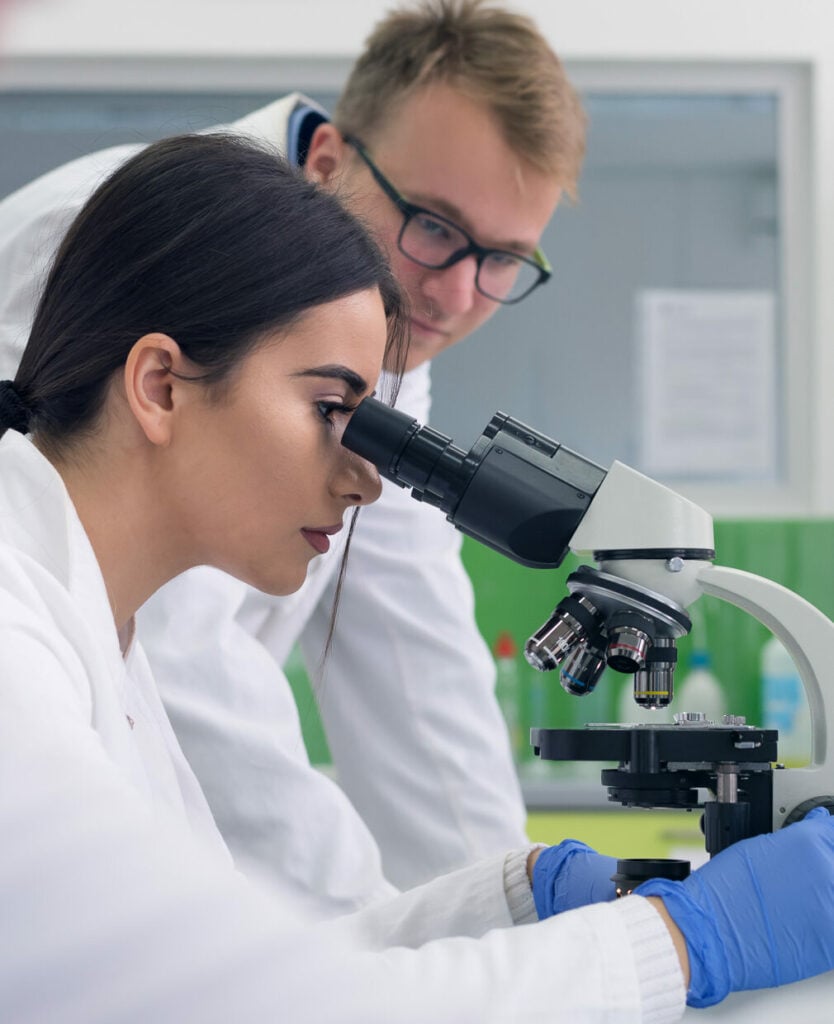
Find collaborators
Join the GFIdeas global community of 2,000+ entrepreneurs, scientists, investors, and subject matter experts. Discuss projects on the members-only Slack community, attend monthly seminars, and use the community directory to help you find collaborators working on similar Solutions!
Related solutions
-
Fermentation
Fat production & encapsulation within oleaginous yeast
Oleaginous yeast can convert sugars into fats that impart flavor and mouthfeel to alternative proteins, and they can accumulate lipids within their cell bodies to inhibit oxidation. New research on…
-
Fermentation
Producing animal-like fats through microbial fermentation
Microbial fermentation provides an efficient method for generating lipid molecules that are chemically identical to those produced by animals. Research efforts are needed to expand current knowledge about the process…
-
Cultivated
Understanding uptake and interconversion of omega-3 fatty acids by cultivated fish cells
Although fish are one of the best dietary sources of long-chain omega-3 fatty acids (FAs), these compounds are mostly bioaccumulated from a fish’s diet rather than synthesized de novo. Consistent…
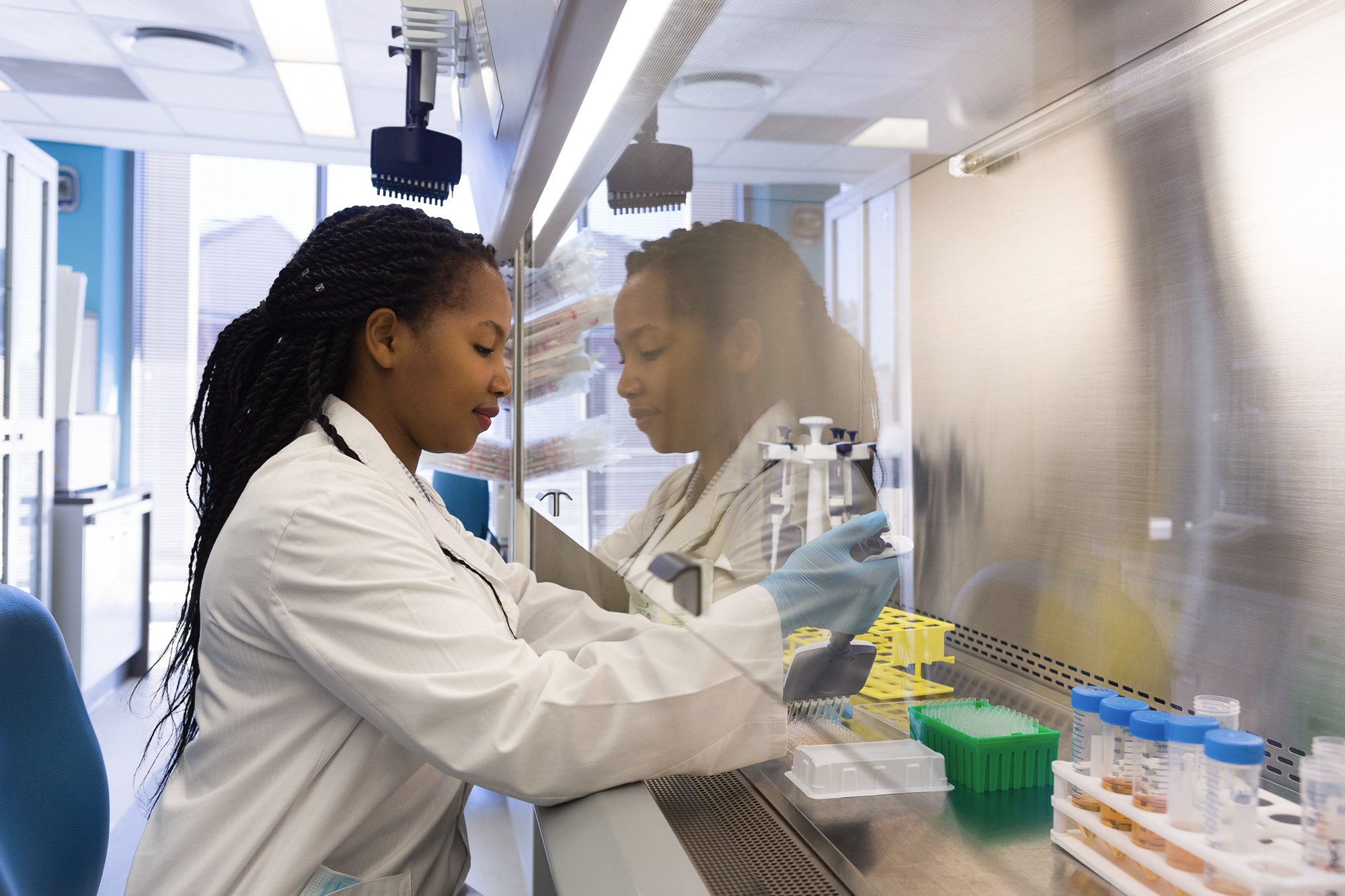
Explore the full solutions database
Browse 300+ startup ideas, commercial opportunities, research projects, and investment priorities throughout the alternative protein supply chain.
Related GFI research grants
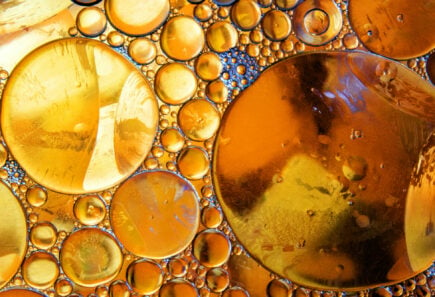
Fat encapsulation
Learn about Dr. Ricardo San Martin’s research incorporating oleogels into plant-based meat at University of California, Berkeley.
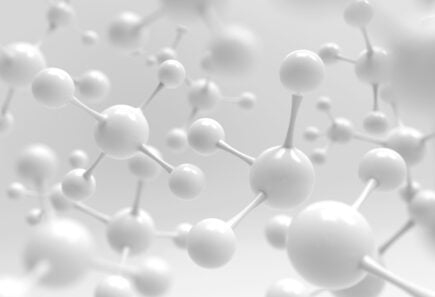
Formulating media with macromolecular crowding
Learn about Dr. Connon and Dr. Gouveia’s work at Newcastle University, UK to formulate growth media for cultivated meat with macromolecular crowding.
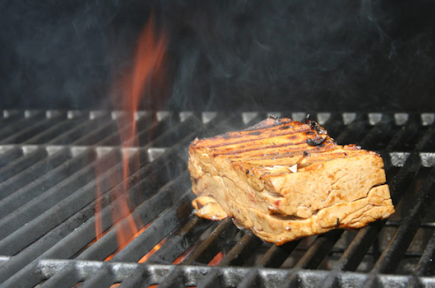
Optimizing media for chicken cells
Learn about Dr. David Block’s work to perfect growth media for cultivated chicken at University of California, Davis.
Get involved
If you’d like to fund a research project, work on any of these solutions, share information about related efforts that are already underway, or elevate new ideas for advancing the alternative protein industry, we’d love to hear from you!
